Studio Visits 👁


Studio visits 👁
Dayana Lucas


Studio visit 👁
Pedro Moreira
www.pedmoreira.com


Studio visits 👁
Svenja Tiger

Studio Visit 👁
Orlando Vieira Francisco
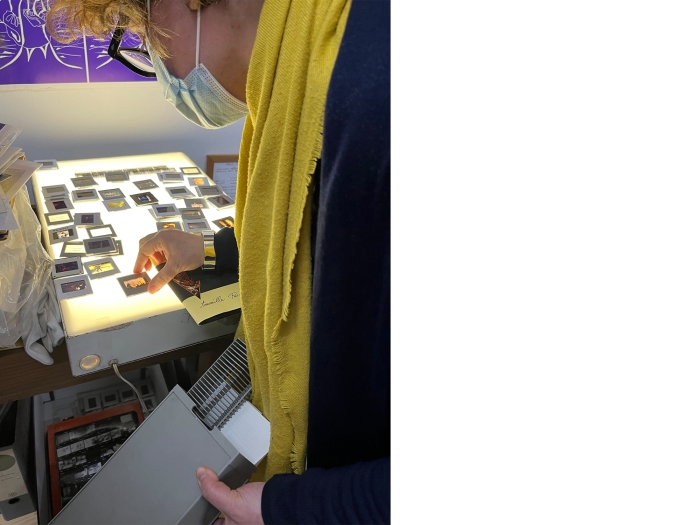

Studio visits 👁
Paula Pinto


Studio visits 👁
Samuel Wenceslau


Studio visits 👁
Alisa Heil


Studio visits 👁
Joana da Conceição


Studio visits 👁
Mariana Vilanova
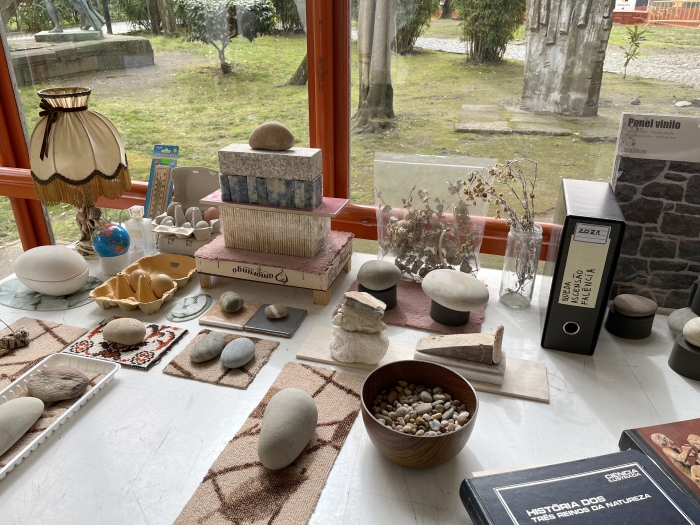
Studio visits 👁
Clarice Cunha

Studio Visits 👁
Thais de Menezes

Studio Visits 👁
Gata da Mata

Studio Visits 👁
Paralaxe

Studio visits 👁
Tales Frey

Studio visits 👁
Letícia Maia

Studio visits 👁
Cristina Mateus

Studio Visits 👁
Ruben Santiago


Studio Visits 👁
Tânia Dinis

Studio Visits 👁
Vera Mota

Studio Visit 👁
Pedra no Rim
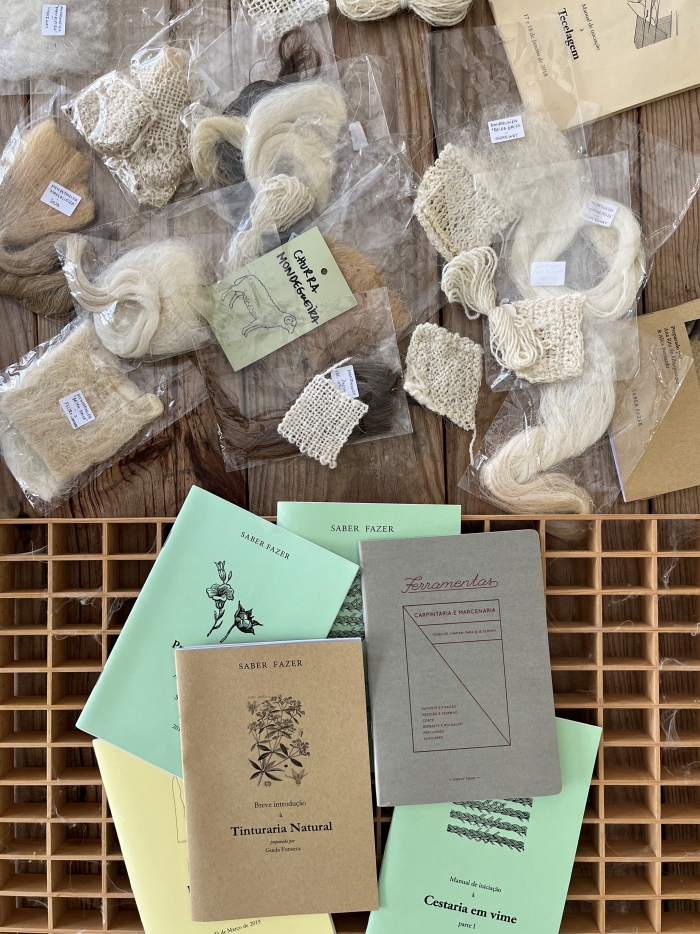
Studio Visit 👁
Saber Fazer
Saber Fazer is located in Rua da Aliança 112-114, Porto and is open to all who wish to attend courses and buy raw materials or tools.

Studio Visit 👁
Rita Castro Neves and Daniel Moreira
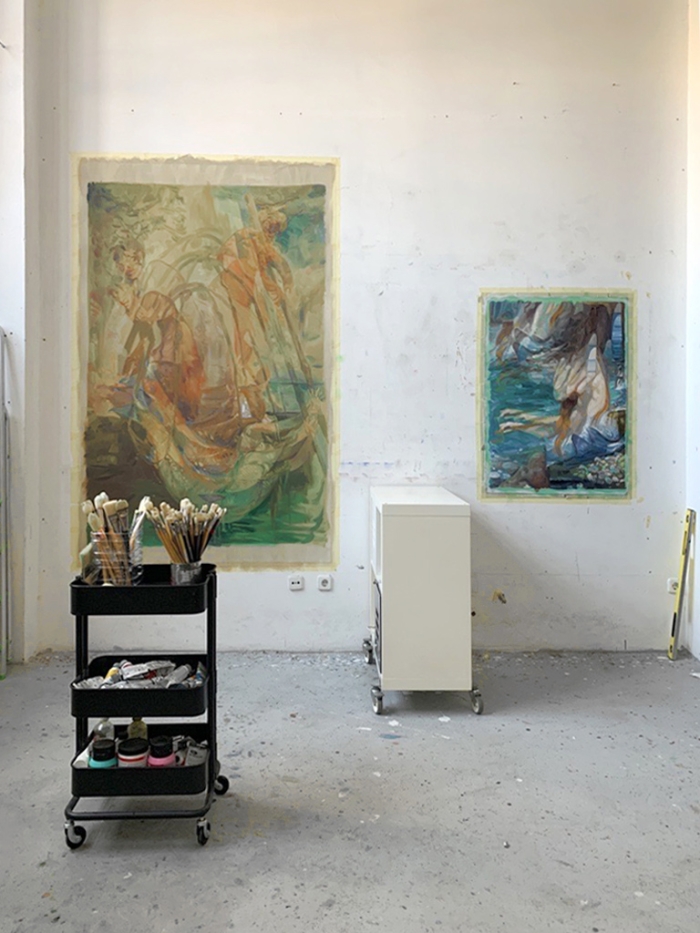
Studio Visit 👁
José Almeida Pereira

Studio Visit 👁
Matias Romano Aleman

Studio Visit 👁
Jiôn Kiim

Studio Visit 👁
Landra

Studio Visit 👁
Rita Senra


Studio Visit 👁
Teresa Arêde

Studio Visit 👁
João Pedro Trindade

Studio Visit 👁
Gui Flor

Studio Visit 👁
Elvira Leite

Studio Visit 👁
Oficina Mescla

Studio Visit 👁
Odair Monteiro

Studio Visit 👁
A Piscina

Studio Visit 👁
Colectivo Bergado

Studio Visit 👁
Pisitakun Kuantalaeng
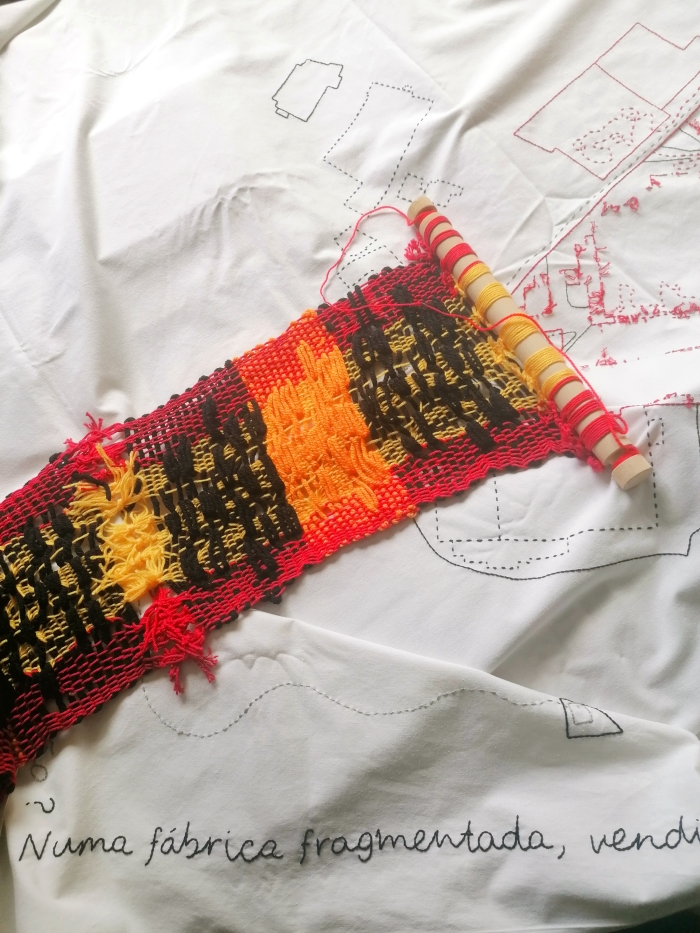
Studio Visit 👁
Fernando P Ferreira
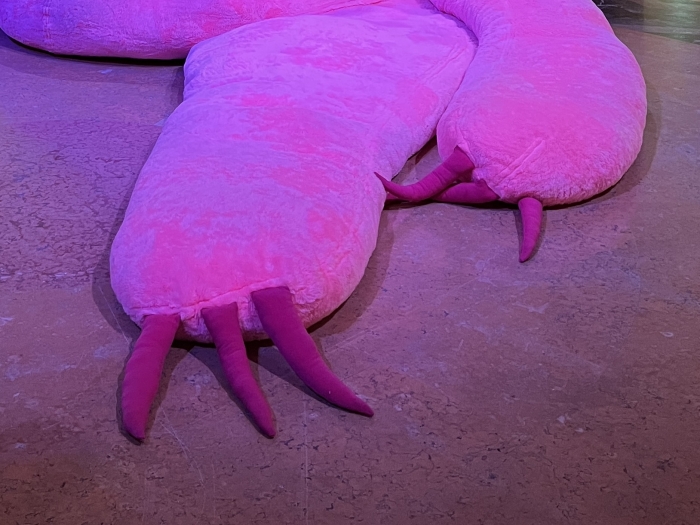
Studio Visit 👁
Joana Magalhães

Studio Visit 👁
Carlos Pinheiro
He is preparing to present an exhibition in December at Clube de Desenho, in the Rua da Alegria space.

Studio Visit 👁
Aura da Fonseca
Aura completed a Masters in Performance Making at Goldsmiths, in London, and has been collaborating with artists such as Alessandro Bosetti, in Serralves, or with Raimund Hoghe, in one of her last presentations at Teatro Rivoli, among others.

Studio Visit 👁
José Vale
José Vale is co-founder of the DIY label CARA PODRE, creator and composer of the band Lucifer Pool Party, and plays as side-man in projects like Unsafe Space Garden e Davide Lobão.

Studio Visit 👁
Gil Delindro

Studio Visit 👁
dose

Studio Visit 👁
Rebecca Moradalizadeh

Studio Visit 👁
Cru Encarnação

Studio Visit 👁
A Pele

Studio Visit 👁
Ivana Sehic

Studio Visit 👁
Nara Rosetto

Studio Visit 👁
Dalila Gonçalves

Studio Visit 👁
Hilda de Paulo

Studio Visit 👁
Mónica Faria

Studio Visit 👁
Thomas Szott

Studio Visit 👁
Mariana Morais

Studio Visit 👁
Jazmin Giordano

Studio Visit 👁
berru

Studio Visit 👁
Jade Rocha

Studio Visit 👁
Ani Schulze

Studio Visit 👁
Teresa Adão da Fonseca

Studio Visit 👁
Dalai

Studio Visit 👁
Laboratorre

Studio Visit 👁
Mafalda Costa

Studio Visit 👁
Raquel Moreira

Studio Visit 👁
Letícia Costelha & Miguel Tavares

Studio Visit 👁
Artur Prudente

Studio Visit 👁
Inês Mendes

Studio Visit 👁
Clara Saracho

Studio Visit 👁
Alícia Medeiros

Studio Visit 👁
Casa da Imagem

Studio Visit 👁
Oficina Pedrês

Studio Visit 👁
Carla Cruz and Cláudia Lopes

Studio Visit 👁
Clara de Cápua


Studio Visit 👁
Giulia Yoshimura


Studio Visit 👁
Carlos Barradas


Studio Visit 👁
Attilio Fiumarella
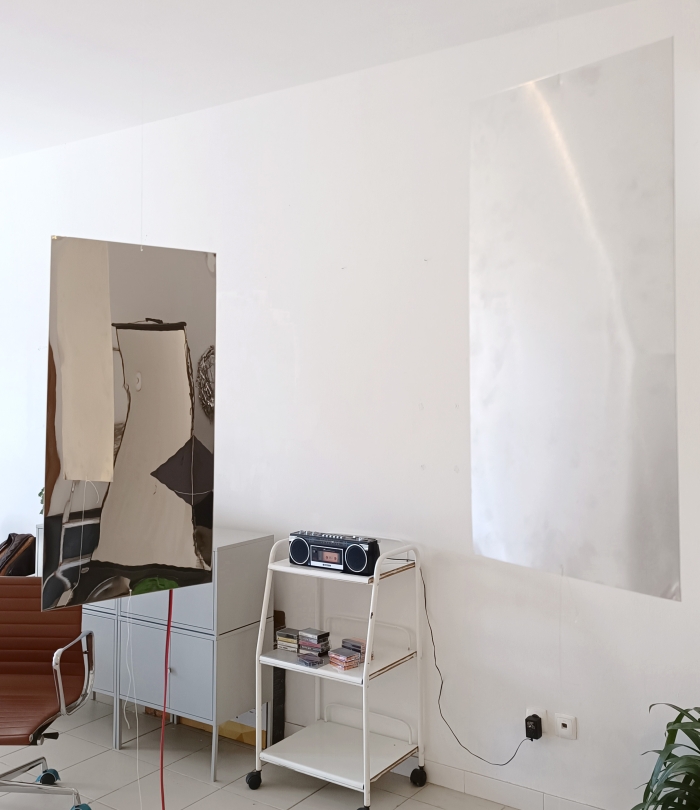
Studio Visit 👁
ter/rajo

Studio Visit 👁